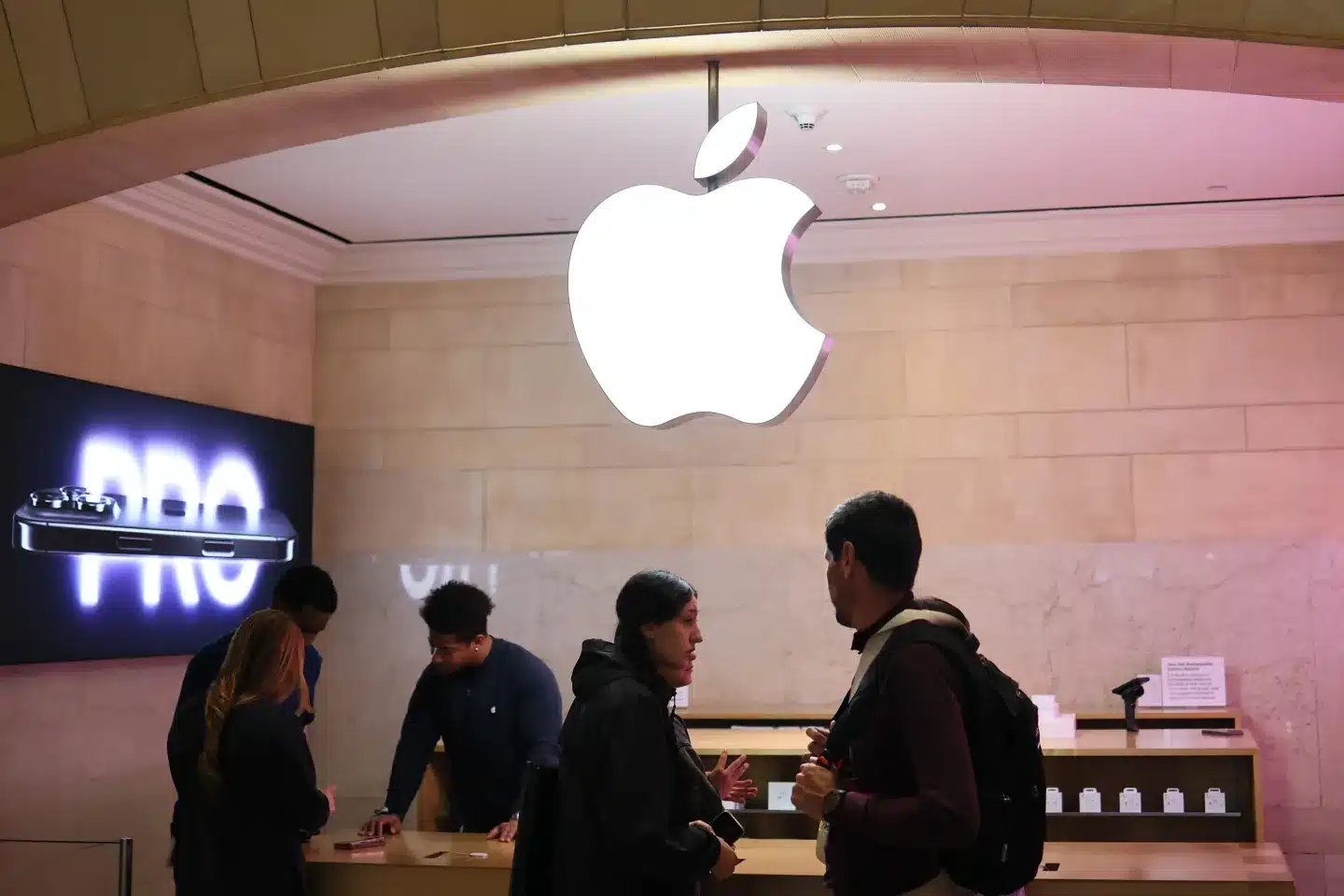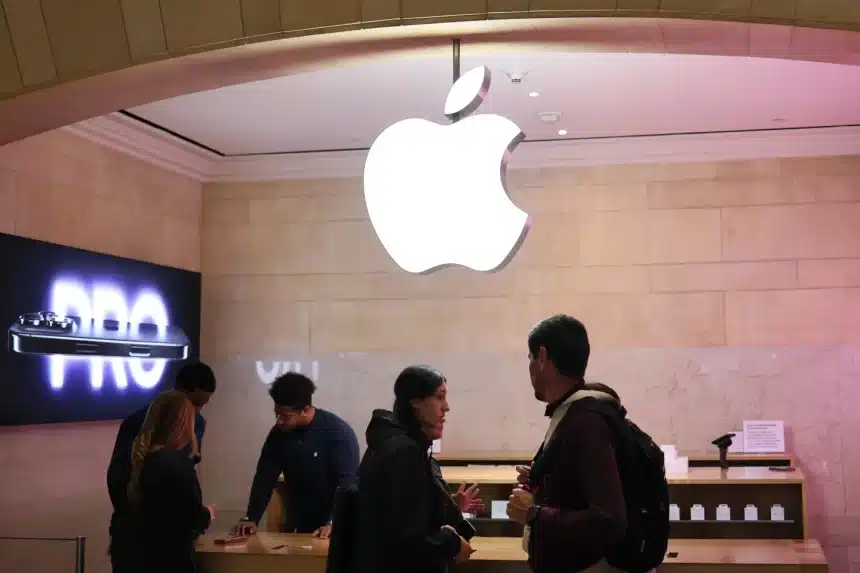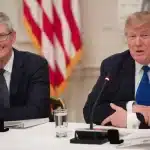Apple is once again facing uncertainty as former President Donald Trump’s administration abruptly halved a 90-day pause on tariffs. The original reprieve offered temporary relief amid rising global tensions, but Trump now warns that countries not negotiating deals could face steep penalties within weeks.
The pause, which began on April 9, was supposed to ease market pressure. However, Trump’s recent comments suggest tariffs could soar up to 50% for non-compliant countries, compounding fears across tech industries.

Apple’s Supply Chain at Risk
Although Apple currently enjoys certain tariff exemptions, those are set to expire soon. The company relies heavily on a global supply chain that includes manufacturing hubs beyond China. With rising tariffs looming, accessories and devices sourced internationally could see increased costs.
Further complicating matters is a new semiconductor tariff that targets key components of Apple’s products. While Apple has managed to avoid price hikes through careful inventory management, that strategy may not hold much longer if the tariff policy becomes permanent.
iPhone Prices May Rise
Apple has not raised prices yet, but that could change. Analysts warn the upcoming iPhone 17 may see a sharp price increase depending on how Apple absorbs or passes on new tariff costs. The base iPhone price could exceed $2,000 if the worst-case tariffs go into effect.
Even though Apple remains a global tech leader, it is not immune to geopolitical instability. Trump’s unpredictable trade moves continue to rattle markets and could force Apple to reconsider pricing, sourcing, and manufacturing strategies.
The Bigger Picture
Trump’s evolving stance underscores how fragile international trade relations remain, especially for multinational tech firms like Apple. Without a clear long-term deal or renewed exemptions, Apple may soon need to adjust to a much harsher economic climate.
As the tariff timeline tightens, all eyes will be on Apple’s next move—and how it impacts consumers around the world.












